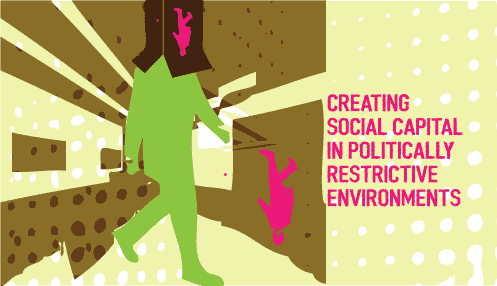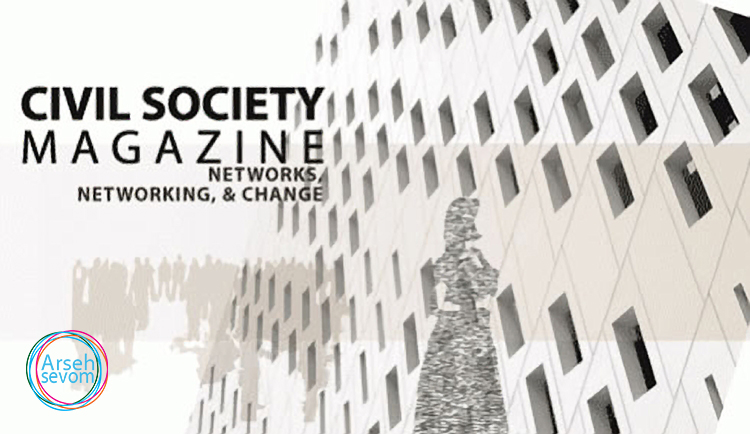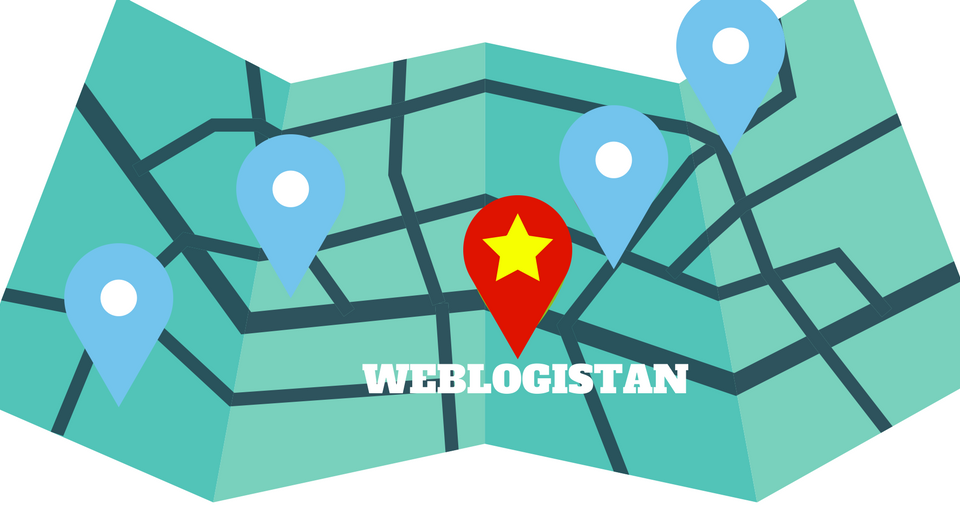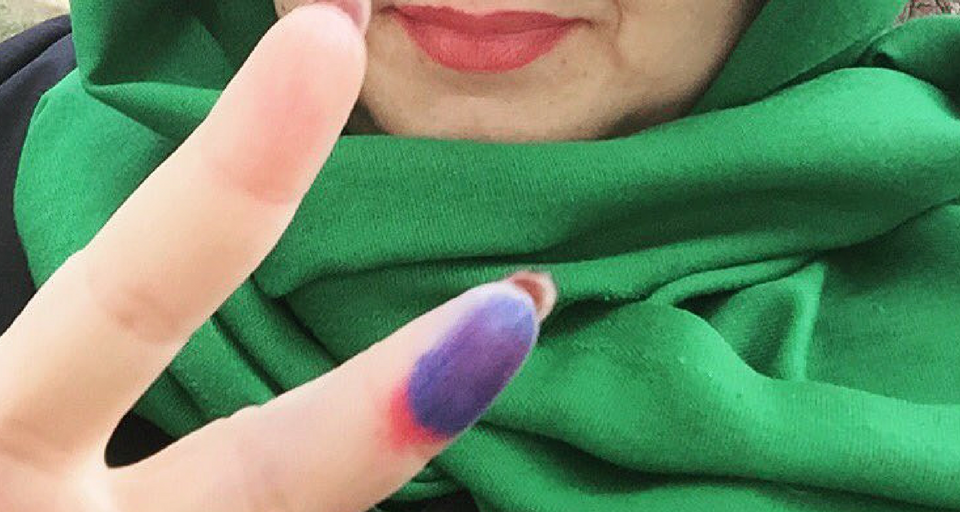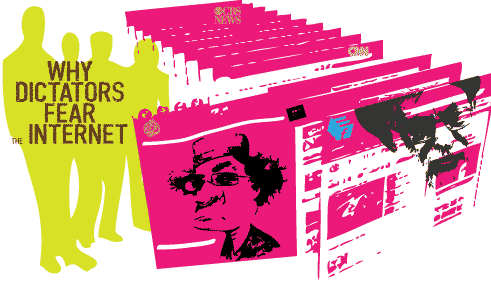
Two Faces of Revolution: (Or, why dictators fear the internet)
March 10, 2011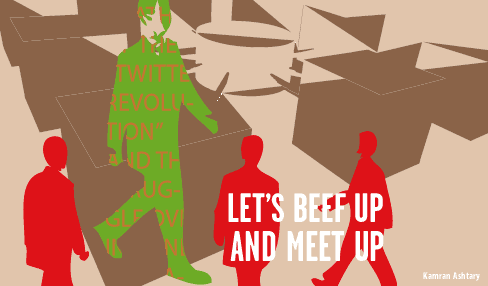
Let’s Beef Up and Meet Up
March 11, 2011References
1 Dahlgren, P. “The Internet, Public Spheres, and Political Communication: Dispersion and Deliberation,” in Political Communication, Issue 22, 2005. Pp. 147–162.
2 Putnam, Robert D. “Bowling Alone: America’s Declining Social Capital” in Journal of Democracy, 6(1): 1995. Pp. 65-78.
3 Granovetter, Mark S. “The Strength of Weak Ties” in The American Journal of Sociology, Vol. 78, No. 6. University of Chicago Press, 2003. Pp. 1360-1380.
4Abdo, Geneive. “The New Political Tools” in The Iran Primer. United States Institute of Peace: Washington, DC, 2011. http://iranprimer.usip.org/
5Amir-Ebrahimi, Masserat. “Conquering Enclosed Public Spaces in Tehran” in Cities, Volume 23, Issue 6. Elsevier, 2006. Pp. 455-461
6 Amir-Ebrahimi, M. (2006) *Andaruni (Persian term)- a space in the home where women are free to move about without fear of being seen by outsiders.
7 Amir-Ebrahimi, M.
8 Amir-Ebrahimi, M. “Weblogistan: The Emergence of a New Public Sphere in Iran” in Selections from Publics, Politics and Participation: Locating the Public Sphere in the Middle East and North Africa, ed. Seteney Shami. Social Science Research Council: New York, 2009. Pp. 325-358. http://www.ssrc.org/pages/Selections-from-Publics-Politics-and-Participation-Locating-the-Public-Sphere-in-the-Middle-East-and-North-Africa/
9 Abdo, G.
10 Rohde, Markus. “Building an E-Community of Iranian NGOs” for IADIS International Conference E-Society. International Institute for Socio-Economics: Germany, 2003. Pp. 187
11 According to the International Telecommunications Union (Abdo, Geneive. )
12 Keddie, Nikki R. “Modern Iran: Roots and Results of Revolution.” Yale University Press: New Haven, 2003. Pp. 342-343
13 ibid.
14 Amir-Ebrahimi, M. (2006)
16 Amir-Ebrahimi, M. (2009)
18Amir-Ebrahimi, M. (2009)
20 OpenNet Initiative
21 Categories : Political, Social, Conflict/Security, and Internet Tools. (OpenNet Initiative)
22 OpenNet Initiative


